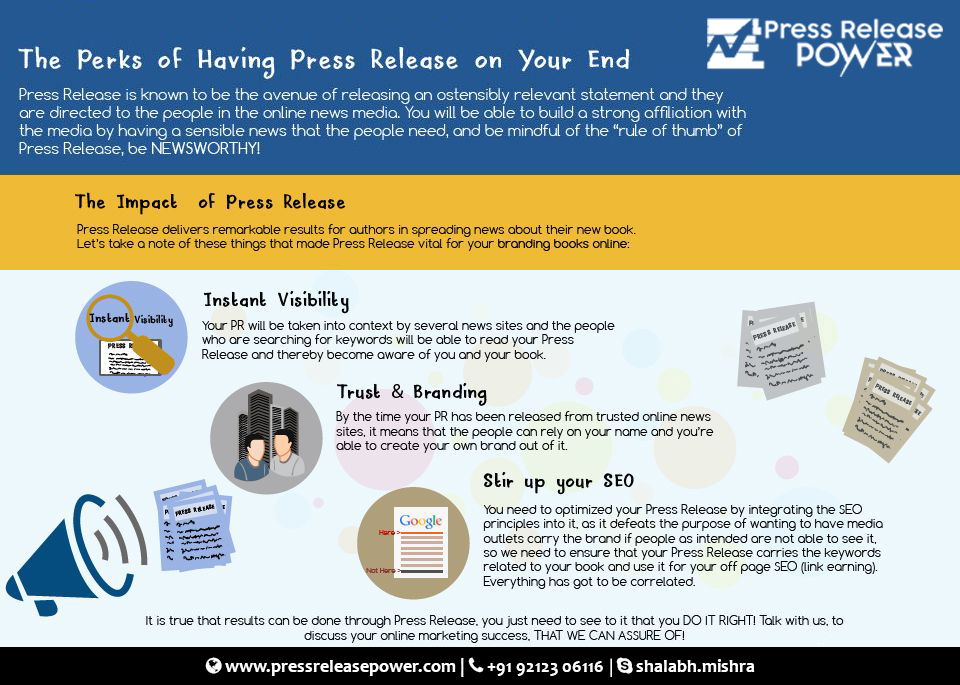What Types of Varicose Vein Treatments Are Covered by Insurance?
Varicose veins can be more than just a cosmetic issue—they can cause pain, discomfort, and even lead to more serious health complications if left untreated.

Varicose veins can be more than just a cosmetic issue—they can cause pain, discomfort, and even lead to more serious health complications if left untreated. Fortunately, there are several treatment options available to help manage and alleviate the symptoms of varicose veins. If you’re considering treatment, you might be wondering, are varicose vein treatments covered by insurance? Understanding your coverage options can be crucial to making an informed decision. In this article, we’ll explore the types of varicose vein treatments typically covered by insurance, particularly at specialized facilities like the California Vein Treatment Center, and how to navigate the process of insurance approval.
1. What Are Varicose Veins?
Before we dive into the specifics of insurance coverage, let’s take a moment to define varicose veins. Varicose veins occur when veins become enlarged, swollen, and twisted, often due to weakened valves within the veins. This condition is most common in the legs, though it can also appear in other areas of the body. Symptoms can range from mild, such as itching and a feeling of heaviness in the legs, to more severe symptoms, including swelling, aching, and skin ulcers.
Varicose veins can develop for various reasons, including genetics, age, pregnancy, and prolonged periods of standing or sitting. Though this condition is often associated with aesthetics, it can also pose significant health risks, such as blood clots, ulcers, and bleeding.
2. Are Varicose Vein Treatments Covered by Insurance?
The short answer is: yes, in many cases, varicose vein treatments are covered by insurance, but it depends on the specific treatment, the severity of the condition, and the type of insurance plan you have. Insurance coverage typically depends on whether the treatment is deemed medically necessary. For example, if varicose veins are causing significant pain, swelling, or skin damage, insurance may cover the cost of treatment.
However, if the procedure is considered purely cosmetic, your insurance may not cover it. Insurance companies will generally require a diagnosis from a healthcare provider to establish that the varicose veins are causing medical issues that warrant treatment.
3. Common Varicose Vein Treatments Covered by Insurance
There are several types of treatments for varicose veins that may be covered by insurance. The specific treatment options covered can vary depending on the insurance provider and plan. Below are some common treatments that might be covered when they are deemed medically necessary:
Endovenous Laser Therapy (EVLT)
Endovenous Laser Therapy (EVLT) is a minimally invasive procedure that uses laser energy to heat and close off damaged veins. This procedure is considered effective for treating larger varicose veins, and many insurance providers will cover it if it is medically necessary. EVLT has become a popular treatment option due to its low risk, short recovery time, and high success rate.
Sclerotherapy
Sclerotherapy is a procedure in which a special solution is injected into the varicose vein, causing it to collapse and eventually fade away. This treatment is typically used for smaller varicose veins and spider veins. Many insurance plans will cover sclerotherapy if the veins are causing symptoms such as pain, swelling, or ulcers. However, if the procedure is done for cosmetic purposes only, it may not be covered.
Ambulatory Phlebectomy
Ambulatory phlebectomy is a surgical procedure used to remove large varicose veins through small incisions in the skin. This method is typically reserved for patients who have larger veins that do not respond well to other treatments. Insurance companies may cover ambulatory phlebectomy if the varicose veins are causing discomfort or other health issues.
Vein Stripping and Ligation
Vein stripping and ligation is a more traditional procedure in which the affected vein is tied off and removed. While this procedure is less commonly performed today due to the rise of more minimally invasive treatments, it may still be covered by insurance for patients with severe varicose veins that cause significant discomfort or health risks.
4. Factors That Impact Insurance Coverage
Several factors can affect whether or not a varicose vein treatment is covered by insurance. These factors include:
Severity of Symptoms
Insurance companies are more likely to cover treatments for varicose veins that cause significant symptoms. If you experience chronic pain, swelling, skin ulcers, or blood clots due to your varicose veins, your doctor may be able to provide documentation that supports the medical necessity of treatment. In such cases, insurance providers are more inclined to cover the costs of treatment.
Medical History
Your medical history can also play a role in determining whether your treatment is covered. If you have a history of venous insufficiency, deep vein thrombosis (DVT), or other related conditions, this may increase the likelihood that your insurance will cover treatment.
Insurance Plan
Not all insurance plans are created equal. Some plans may cover a wide range of varicose vein treatments, while others may have more restrictive coverage. If you're uncertain about what your insurance plan covers, it’s a good idea to reach out to your insurance provider or speak with a representative at a California Vein Treatment Center for more detailed information about your options.
5. How to Ensure Your Treatment Is Covered
If you're planning to undergo varicose vein treatment, there are several steps you can take to increase the chances that your treatment will be covered by insurance:
- Consult with Your Doctor: Schedule a consultation with a doctor who specializes in vein treatments. A vein specialist at a reputable center like the California Vein Treatment Center can help evaluate the severity of your condition and provide a diagnosis that may support your insurance claim.
- Get a Referral: In many cases, insurance companies will require a referral from your primary care doctor to see a specialist. Be sure to ask your doctor for a referral before scheduling your consultation.
- Document Your Symptoms: Keep a detailed record of your symptoms, including pain, swelling, or any other issues related to your varicose veins. This documentation can be crucial in proving the medical necessity of treatment.
- Check with Your Insurance Provider: Reach out to your insurance provider to confirm which treatments are covered under your plan. Insurance representatives can provide you with detailed information about your coverage and any requirements for pre-authorization.
- Ask About Pre-Authorization: Some insurance plans require pre-authorization before certain treatments can be performed. It’s important to check if pre-authorization is necessary and to submit any required paperwork before moving forward with treatment.
6. Conclusion
In conclusion, varicose vein treatments are covered by insurance in many cases, particularly when the condition is causing significant symptoms or health risks. Treatments like endovenous laser therapy, sclerotherapy, ambulatory phlebectomy, and vein stripping may all be covered by insurance, depending on the severity of the condition and the specific terms of your insurance plan. By working with a qualified vein specialist at a trusted clinic like the California Vein Treatment Center, you can ensure that your treatment options are both effective and affordable. Be sure to communicate with your doctor and insurance provider to fully understand your coverage and make the best decision for your health and wellbeing.
What's Your Reaction?

















